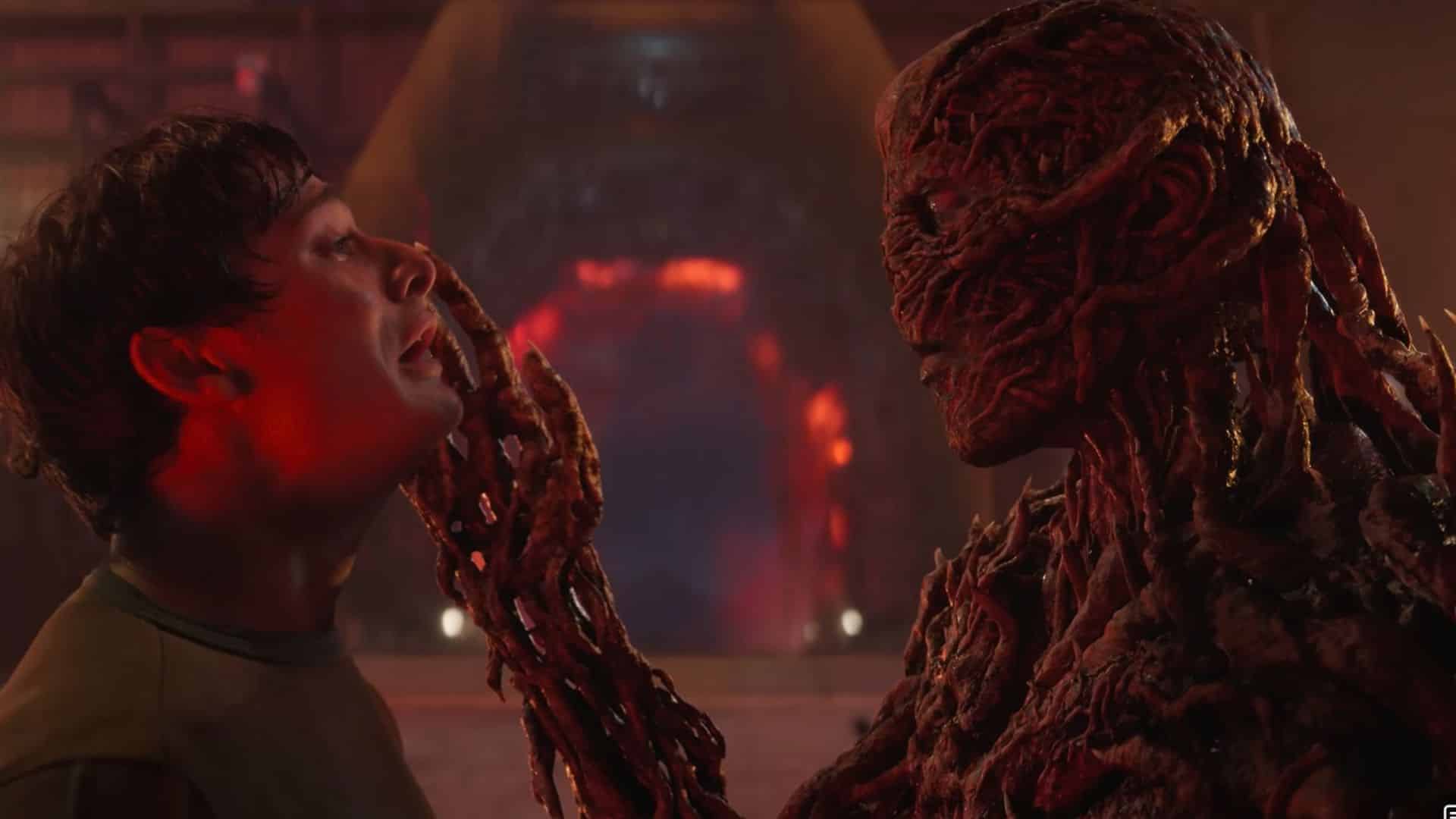![]()
That’s right. We’re going to talk about the W word today. Again. Yes, I know. You’re sick of hearing about it, and so am I. But when dealing with a property so embedded in Japanese culture, it’s impossible to overlook it completely. And it’s even more impossible to overlook after the movie itself drew attention to its own controversy over the course of its runtime.
Ghost in the Shell is a film that has been mired in controversy practically from its inception. I don’t envy the amount of scrutiny that is being thrown at those involved by people like me. All the same, that doesn’t keep this from being a real issue, and one that warrants a real discussion.
So here we go. We’re about to take a dive into the wonderful world of whitewashing.
The Controversy
![]()
If you’ve somehow managed to avoid any word on this controversy, it’s probably best that I at least fill you in on the basics. Ghost in the Shell is a film based on a Japanese comic (or manga), and for God knows how long, Hollywood has been trying to adapt it for an American audience. When the project finally started to gain some momentum, it was revealed that Scarlett Johansson was attached to star as the lead.
This angered a good number of fans of the source material. Why, you ask? Well the lead’s name in the manga, as well as its many animated iterations is Motoko Kusanagi — a very Japanese name. What’s more is that the series is set in Japan, so in casting Johansson, the message couldn’t be more clear: they can’t sell a film with an Asian lead. It was risky enough as it is, and in order to sell it, they wanted to utilize the talents of one of Hollywood’s hottest leads.
Support From Japan
![]()
Time passed, and audiences had a chance to adapt to the idea of Johansson taking on the role that one would normally imagine would be reserved for a Japanese character. Of course, as the film grew closer and closer to its release, the controversy was bound to once again brew to the surface.
As recently as ten days ago, Mamoru Oshii, the director of the 1995 anime (which is responsible for popularizing the franchise in the U.S.),expressed his confusion at this controversy.
“What issue could there possibly be with casting her?” Oshii told IGN. “The Major is a cyborg and her physical form is an entirely assumed one. The name ‘Motoko Kusanagi’ and her current body are not her original name and body, so there is no basis for saying that an Asian actress must portray her. Even if her original body (presuming such a thing existed) were a Japanese one, that would still apply.”
Oshii wasn’t alone in his support. On multiple occasions, representatives from the Japan side of things voiced their support of Johansson. In their minds, this was an opportunity for a wider audience to see a story that was dear to them, so why not let Johansson star? I’d like to think it all ended there, but the problem extends far past Scarlett Johansson.
The White Leads
![]()
I had a chance to check out the film a couple days back, and I have to say, despite some pretty big issues, I did enjoy myself in the theater, and to those who are fans of the source material, it’s at least worth checking out. That being said, that didn’t prevent the issue from appearing front-and-center.
The story took place in Japan in the future. That was right front and center. Almost everyone on camera was Japanese, or at least Asian. Almost everyone, except for those that had more than a handful of lines, that is. Major was white. Batou was white. Kuze was white. Major’s repair lady was white. The villain was white. The only non-white major players were Han and Aramaki, who were played by Singaporean and Japanese actors, respectively. The former only had a handful of lines, and the latter only spoke in Japanese.
Now, even that is fine. I’ve seen a lot of movies, and I’m more than familiar with the business behind it all. It’s a self-perpetuating cycle. They need these movies to make money, and Asian actors aren’t as marketable because they’re not well known. I’ve already come to terms with that, but even that wasn’t what made me raise an eyebrow. Here’s where things kinda took a turn for me.
How The Film Made It Worse
![]()
If you don’t want to be spoiled, now’s a good time to look away. So in the movie, Major (whose name is Mira something-rather) discovers that the life she thought she had before she had her brain transplanted into her new body was a lie. It turns out that she is the daughter of this Japanese woman nearby, that her real name was Motoko Kusanagi, and that she was captured by the Hanka company and turned into the fighting machine she is now.
We even see a flashback where we briefly see Major in her original body — as a Japanese woman. Rather than ignoring the controversy altogether, they almost turned her whitewashing into a plot point. Hanka took her, and placed her into a white body. And not just her, but Kuze as well. He was revealed to be a Japanese man named Hideo, and he was transferred to the body of a very white Michael Pitt. They whitewashed them twice. For real.
Now, there is kind of a cool side to all this. Fans of the source material will indeed enjoy the nod to the source material with Motoko’s name being pushed to the forefront, but this is almost kind of a slap in the face to Japanese Americans around the countries. Hell, not even Japanese Americans — Asian Americans in general. This is another reinforcement of the longstanding idea that Hollywood has no place for them in lead roles, no matter what the source material calls for.
Conclusion
![]()
Now I’m not calling for a mass boycott of this movie or for you to feign outrage over this ordeal. I’m not trying to demonize anyone, but this is a problem that should not be ignored. For months, the studio has been trying to reassure fans that this is not whitewashing, but I have to call a spade a spade. This is whitewhashing. Sorry, but it kind of is. I don’t think there was any malice in all this, but it is an unfortunate casualty of the times we live in.
Even weird was how they dealt with the issue. Rather than ignore it, they literally made it a plot point that a Japanese woman was transferred into a white body.
The approach taken in the film is especially baffling considering how prominent the idea of whitewashing has been around this flick, I found it strange that they would put themselves in this position. If you’re going to change the name and race of a character, why would you go so far as to incorporate the original Japanese origin into it? Yes, it’s a great Easter egg to some fans, but at the end of the day, draws undue attention to itself, and only works to alienate those who defend it.
But that’s just one writer’s opinion. What’s yours? Do you think this film was guilty of whitewashing? Let us know your thoughts in the comments down below!
Don’t forget to share this post on your Facebook wall and with your Twitter followers! Just hit the buttons on the top of this page.
SOURCE: IGN

 FOR FANBOYS, BY FANBOYS
Have you checked out LRM Online’s official podcasts and videos on The Genreverse Podcast Network? Available on YouTube and all your favorite podcast apps, This multimedia empire includes The Daily CoG, Breaking Geek Radio: The Podcast, GeekScholars Movie News, Anime-Versal Review Podcast, and our Star Wars dedicated podcast The Cantina. Check it out by listening on all your favorite podcast apps, or watching on YouTube!
Subscribe on: Apple Podcasts | Spotify | SoundCloud | Stitcher | Google Play
FOR FANBOYS, BY FANBOYS
Have you checked out LRM Online’s official podcasts and videos on The Genreverse Podcast Network? Available on YouTube and all your favorite podcast apps, This multimedia empire includes The Daily CoG, Breaking Geek Radio: The Podcast, GeekScholars Movie News, Anime-Versal Review Podcast, and our Star Wars dedicated podcast The Cantina. Check it out by listening on all your favorite podcast apps, or watching on YouTube!
Subscribe on: Apple Podcasts | Spotify | SoundCloud | Stitcher | Google Play



